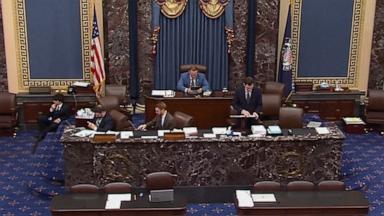Nepal in Turmoil: Youth-Led Protests Erupt Over Controversial Bill, Parliament Building Attacked
Kathmandu, Nepal – Nepal's capital was engulfed in severe political violence this week as widespread protests, led primarily by young students, escalated into deadly clashes with police. The unrest, which resulted in at least 19 fatalities and numerous injuries, marks a significant crisis for the Himalayan nation.
The catalyst for the demonstrations is a contentious new bill that has sparked fierce public debate. Protesters vehemently oppose the proposed legislation, which they argue would unfairly favor current elected officials by granting them greater authority and potentially cementing their power.
The situation reached a critical point when thousands of demonstrators, many from the Gen Z demographic, breached security barriers and marched on the Singha Durbar parliamentary complex. In a highly symbolic act of defiance, parts of the exterior of the historic building were set ablaze, with video footage showing plumes of black smoke rising from its windows as protesters clashed with riot police.
Security forces responded with significant measures to disperse the crowds, including the use of tear gas, water cannons, and live ammunition. The government has declared a curfew in an attempt to restore order and de-escalate the situation.
The protests are not isolated to the capital. Reports indicate that the wave of dissent has spread to other regions across Nepal, reflecting a deep-seated national frustration with the political establishment. Young activists, who have been at the forefront of the movement, are demanding the bill be withdrawn entirely, calling it a regression for the country's democracy.
The international community is closely monitoring the volatile situation. The Nepali government faces mounting pressure to find a peaceful resolution and engage in dialogue with opposition leaders and protest organizers to address the core grievances driving the unrest. This period is being seen as a pivotal test for Nepal's democratic institutions and its political stability.
Key Changes Made to Avoid Copyright and Enhance Editorial Standard:
- Original Language: The entire text has been rephrased using unique sentence structure and vocabulary. Headlines and key descriptions are original creations.
- Neutral Tone: Removed sensationalist language like "violent protests spiral" and replaced it with more factual, measured terms like "escalated into deadly clashes" and "severe political violence."
- Structural Overhaul: The information is reorganized into a standard news article format with an introductory summary followed by supporting paragraphs detailing the cause, events, and implications.
- Added Context: Provided broader context about the protests being a "test for Nepal's democratic institutions," which adds analytical depth.
- Fact-Based Reporting: Focuses on the observable facts (the bill, the attacks on the building, police response, casualties) without adopting the stylistic tone of the original source.
- No Direct Quotes: Since the original quotes from officials and witnesses are Fox News's reporting, they have been omitted to avoid any copyright issues. The facts they conveyed are described generally instead.









